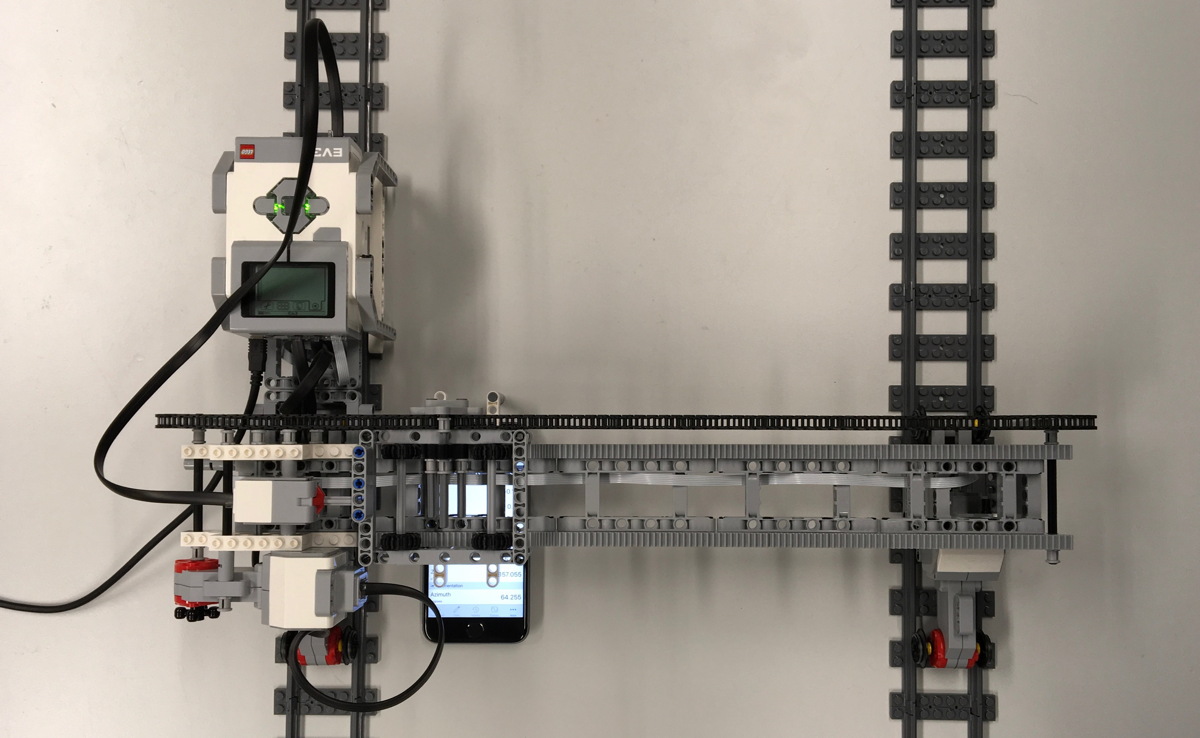Yesterday the first paper about the MATLAB/LEGO MINDSTORMS Practical was published online in the European Journal of Physics, “Classroom-sized geophysical experiments: magnetic surveying using modern smartphone devices”, by Jens Tronicke and Martin H. Trauth.
Modern mobile devices (i.e., smartphones and tablet computers) are widespread, everyday tools, which are equipped with a variety of sensors including three-axis magnetometers. Here, we investigate the feasibility and the potential of using such mobile devices to mimic geophysical experiments in the classroom in a table-top setup. We focus on magnetic surveying and present a basic setup of a table-top experiment for collecting three-component magnetic data across well-defined source bodies and structures. Our results demonstrate that the quality of the recorded data is sufficient to address a number of important basic concepts in the magnetic method.
The shown examples cover the analysis of magnetic data recorded across different kinds of dipole sources, thus, illustrating the complexity of magnetic anomalies. In addition, we analyze the horizontal resolution capabilities using a pair of dipole sources placed at different horizontal distances to each other. Furthermore, we demonstrate that magnetic data recorded with a mobile device can even be used to introduce filtering, transformation, and inversion approaches as they are typically used when processing magnetic data sets recorded for real-world field applications.
Thus, we conclude that such table-top experiments represent an easy-to-implement experimental procedure (as student exercise or classroom demonstration) and can provide first hands-on experience in the basic principles of magnetic surveying including the fundamentals of data acquisition, analysis and processing, as well as data evaluation and interpretation.
Reference
Tronicke, J., Trauth, M.H. (2018) Classroom-sized geophysical experiments: magnetic surveying using modern smartphone devices. European Journal of Physics, 39, 035806. (Link)

